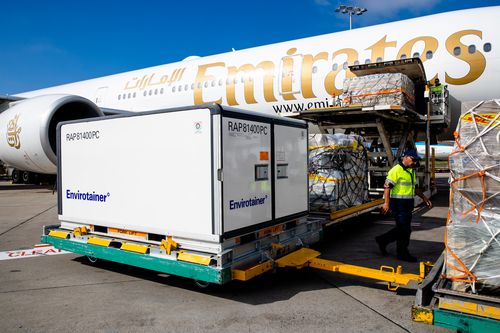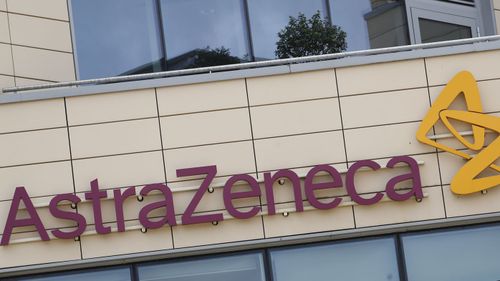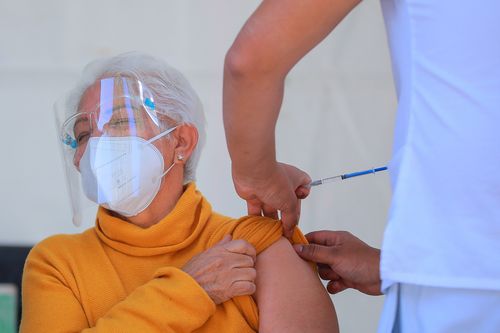The first doses of the AstraZeneca are being rolled out in Australia today, beginning in regional South Australia.

Australia is reliant on overseas shipments before local production can begin.
Melbourne-based CSL is hoping to manufacture a million doses of the vaccine per week by the end of the month.
Dr Chris Moy, Vice-President of the Australian Medical Association, told Today the move by Italy shines light on the strengths in Australia’s vaccine rollout plan.
“This probably highlights the foresight required in the vaccine rollout planning in Australia,” he said.
“One of the priorities was to make sure we could manufacture a vaccine in Australia and we wouldn’t get caught up in this sort of stuff that’s occurring overseas,” he said.
“Which was kind of predicted with what we call ‘vaccine nationalism’.”
Italy has been taking a tough line in dealing with vaccine shortages in the bloc since a new government led by Mario Draghi came into power last month.
Faced with shortages of doses during the early stages of the vaccine campaign that started in late December, the EU issued an export control system for COVID-19 vaccines in late January, forcing companies to respect their contractual obligations to the bloc before commercial exports can be approved.
The EU has been specifically angry with AstraZeneca because it is delivering far fewer doses to the bloc than it had promised. Of the initial order for 80 million doses to the EU in the first quarter, the company will be struggling to deliver just half that quantity.

There were rumours that the company was siphoning off from EU production plants to other nations, but CEO Pascal Soriot insisted that any shortfall was to be blamed on technical production issues only.
The company refused to comment on Thursday’s news.
The EU has vaccinated only 8 per cent percent of its population compared to over 30 per cent, for example, in the United Kingdom. Australia is still very much at the start of its vaccination drive.

With such an action, the EU is caught in a bind. On the one hand, it is under intense pressure to ramp up the production of vaccines in the bloc while on the other hand it wants to remain an attractive hub for pharmaceutical giants and a fair trading partner to third countries.
The EU thought it had made perfect preparations for the rollout of vaccinations, heavily funding research and production capacity over the past year. With its 450 million people, the EU has signed deals for six different vaccines.
In total, it has ordered up to 400 million doses of the AstraZeneca vaccine and sealed agreements with other companies for more than 2 billion shots.
It says that despite the current difficulties it is still convinced it can vaccinate 70 per cent of the adult population by the end of summer.

This content first appear on 9news
